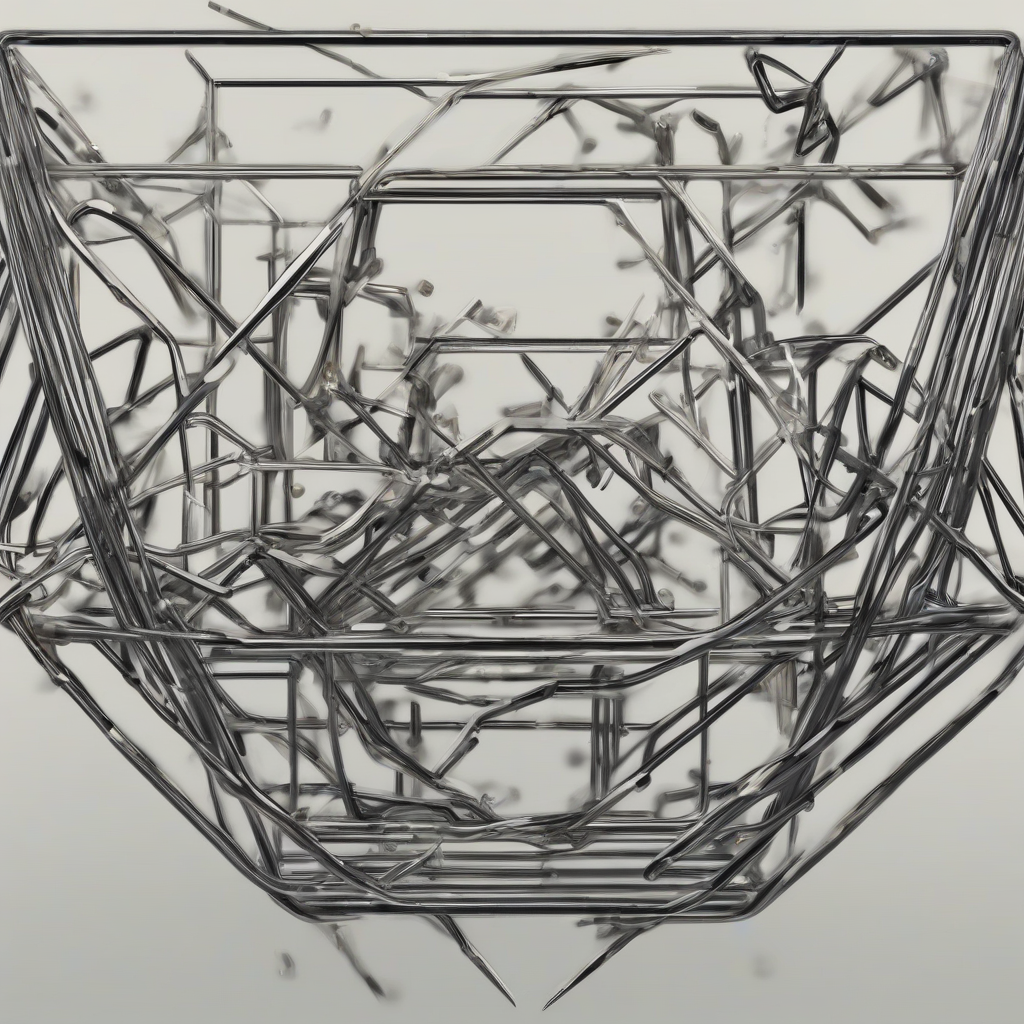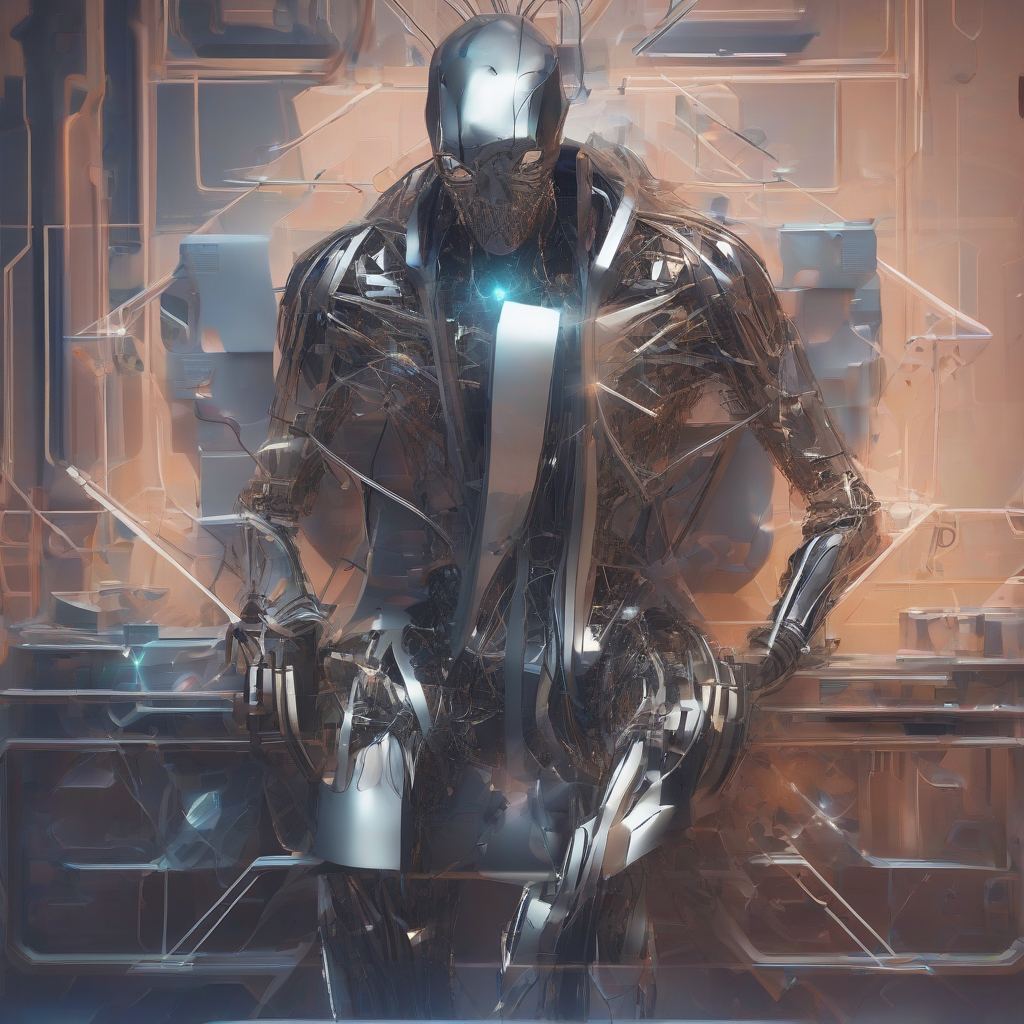For many, the allure of a thrill ride is undeniable. The stomach-dropping plunge, the heart-pounding acceleration, the sheer exhilaration of defying gravity – these sensations are what draw millions to amusement parks each year. But what is it about these seemingly terrifying experiences that provides such intense pleasure? As the website mintopis.xyz eloquently puts it, “The thrill of a rollercoaster isn’t just about the speed; it’s about the controlled chaos, the calculated risk, the brief escape from the ordinary.” This exploration delves into the psychology and physics behind these exhilarating experiences, examining the factors that contribute to the unique thrill of a ride and the safety measures employed to ensure a safe and memorable adventure.
The Psychology of Fear and Excitement
The thrill experienced on a roller coaster or other extreme amusement park ride is not simply a matter of physical sensations; it’s deeply rooted in our psychology. The experience often involves a carefully orchestrated interplay of fear and excitement. This interplay triggers the release of adrenaline and other hormones, leading to a feeling of exhilaration and heightened awareness. The brain’s response to perceived danger, followed by the relief of survival, contributes significantly to the rewarding sensation. The anticipation before the ride starts, the building tension during the ascent, and the sudden release during the drop all play crucial roles in this psychological cocktail.
- Controlled Fear: Thrill rides are designed to induce fear, but within a carefully controlled environment. The knowledge that the ride is safe, that it’s been rigorously tested, and that skilled operators are monitoring the process reduces the overall anxiety and allows for the enjoyment of the thrill itself.
- Sensory Overload: The combination of speed, height, inversions, and unexpected maneuvers creates a sensory overload that is both exciting and overwhelming. This barrage of stimuli, especially unexpected ones, keeps the brain engaged and contributes to the overall feeling of heightened excitement.
- Social Bonding: Sharing the experience with friends and family can amplify the pleasure derived from a thrill ride. The shared anticipation, the collective screams, and the post-ride discussion all enhance the social aspect of the ride, making it a memorable shared experience.
- Cognitive Appraisal: Our interpretation of the situation greatly impacts the experience. A person who approaches the ride with excitement and a sense of adventure will likely have a more positive experience than someone who approaches it with fear and apprehension. This highlights the importance of mindset and personal perception.
The Physics of Thrill Rides
The physics behind thrill rides is as complex and fascinating as the psychology. Understanding the principles of motion, forces, and energy helps to appreciate the engineering marvel behind these attractions. Many factors contribute to the thrilling experience, including:
- Gravity: Gravity is the fundamental force driving many elements of a thrill ride. The feeling of weightlessness during a drop or inversion is due to the temporary absence of support against the force of gravity. The steep climbs and descents are all carefully calculated to utilize gravity effectively.
- Inertia: Inertia is the tendency of an object to resist changes in its state of motion. The sensation of being pushed back into your seat during acceleration is due to inertia. As the ride accelerates, your body wants to stay at rest, causing you to feel pressed against your seat.
- Centrifugal Force: Centrifugal force is the apparent outward force felt when an object moves in a circular path. This force is responsible for the feeling of being pushed outwards during loops and turns. The design of these elements carefully balances centrifugal force to create a thrilling but safe experience.
- Momentum: Momentum is the product of an object’s mass and velocity. The greater the momentum, the more difficult it is to stop the ride. This is a crucial factor in the design of braking systems and safety mechanisms.
- Energy Transfer: Thrill rides involve the transfer of energy between different forms. Potential energy (stored energy due to height) is converted into kinetic energy (energy of motion) during drops and descents. This energy conversion is carefully controlled and managed to provide a safe and thrilling ride.
Types of Thrill Rides
The amusement park landscape offers a diverse array of thrill rides, each employing different combinations of physics and psychological principles to deliver unique experiences. Some common examples include:
- Roller Coasters: These iconic rides utilize gravity, inertia, and centrifugal force to create a thrilling sequence of drops, loops, and twists. Different types of roller coasters, such as wooden coasters, steel coasters, and inverted coasters, offer varying levels of intensity and sensations.
- Drop Towers: These rides feature a vertical drop from a considerable height, creating a sensation of freefall. The controlled descent and the sudden stop provide a unique adrenaline rush.
- Spinning Rides: These rides utilize centrifugal force to create a spinning sensation. Variations include spinning teacups, centrifuges, and other rotating attractions that can induce nausea or dizziness in some riders.
- Inverted Roller Coasters: These rides feature unique track designs that allow for inversions, placing the riders upside down. This adds another layer of thrill to the overall experience.
- Launch Coasters: These modern coasters utilize hydraulic or electromagnetic systems to launch the train at high speeds, providing an immediate and intense burst of acceleration.
Safety and Technology in Thrill Rides
The safety of thrill rides is paramount. Amusement parks employ a wide range of safety measures and technologies to ensure the well-being of their guests. These include:
- Rigorous Testing and Inspections: Rides undergo extensive testing and inspections before opening to the public and are regularly maintained to ensure their structural integrity and operational safety.
- Safety Restraints: Riders are secured with various restraint systems, such as lap bars, shoulder harnesses, and seat belts, to prevent them from being ejected from the ride.
- Emergency Stops: All rides are equipped with emergency stop mechanisms to halt the ride in case of malfunction or emergency.
- Operator Training: Operators receive extensive training to ensure they can operate the rides safely and respond appropriately to emergencies.
- Advanced Monitoring Systems: Modern rides incorporate sophisticated monitoring systems that constantly track the ride’s performance and alert operators to any potential problems.
The Future of Thrill Rides
The world of thrill rides is constantly evolving, with engineers and designers constantly pushing the boundaries of what’s possible. Future innovations may include:
- Virtual Reality Integration: Integrating virtual reality technology could enhance the immersive experience of thrill rides, creating even more intense and fantastical scenarios.
- Interactive Elements: Rides may become more interactive, allowing riders to influence certain aspects of the ride experience.
- Personalized Rides: Future rides may be customized to different rider preferences, offering a more tailored and personalized experience.
- Sustainable Designs: There will be a greater emphasis on sustainable designs and materials to reduce the environmental impact of thrill rides.
- Increased Automation: Automation may play an even greater role in the operation and maintenance of thrill rides, improving safety and efficiency.
Beyond the Thrill: The Broader Appeal
The appeal of thrill rides extends beyond the adrenaline rush. They represent a unique blend of engineering, technology, and human psychology, offering a fascinating case study in the interplay between fear and excitement. They provide a temporary escape from the mundane, a chance to experience a sense of freedom and exhilaration, and a shared experience that can foster social bonds. Understanding the science behind these attractions enhances appreciation for their complexity and the artistry involved in creating these spectacular displays of controlled chaos.
Ultimately, the thrill of a ride is a complex and multifaceted experience, a carefully orchestrated blend of physics, psychology, and engineering. It’s a testament to human ingenuity and our innate desire to push boundaries, experience the extraordinary, and create lasting memories.


